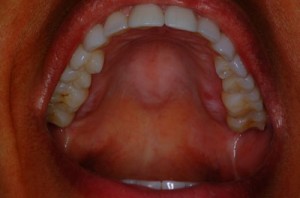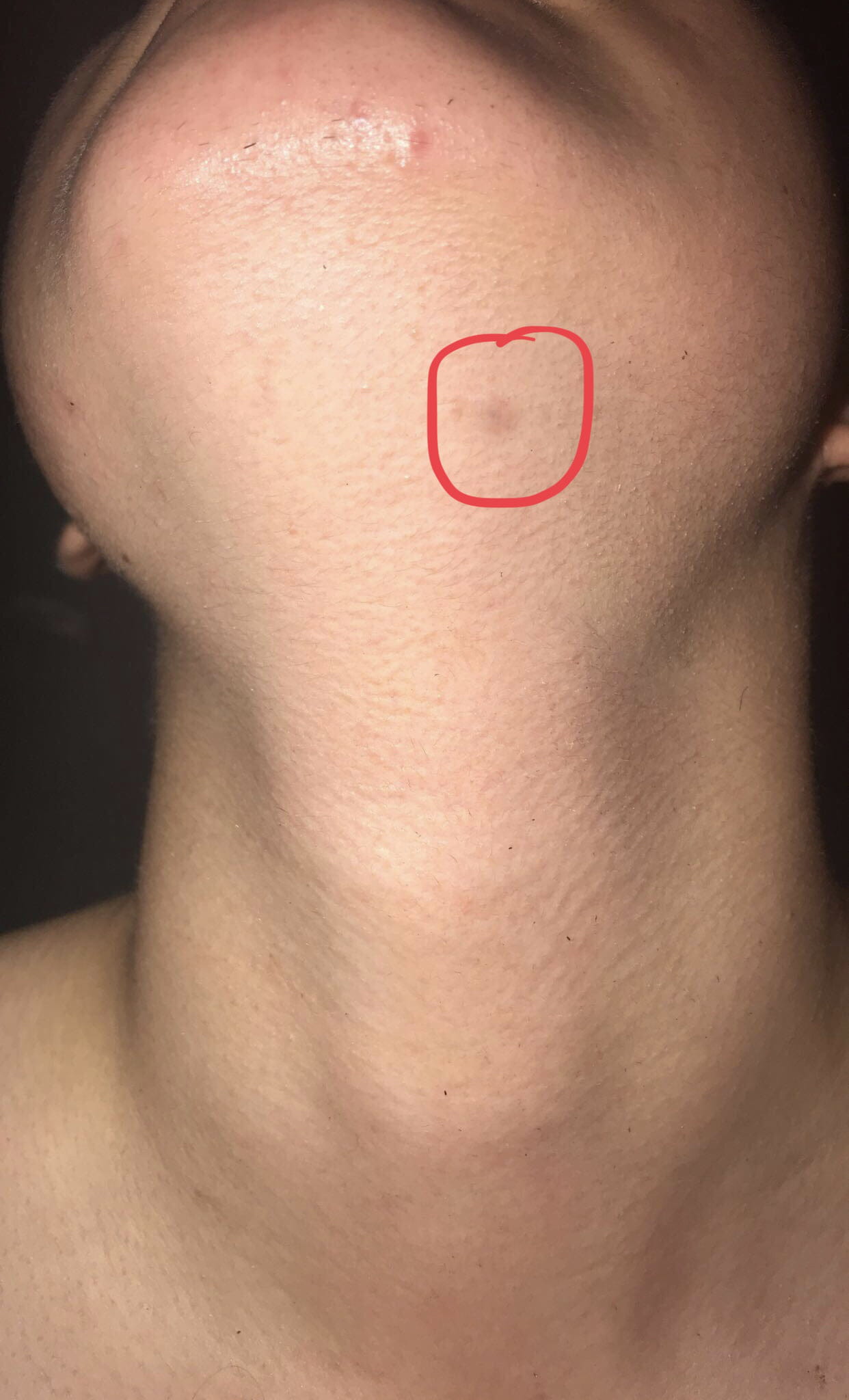Swollen On Roof Of Mouth

A swollen roof of the mouth can be a painful and unsettling experience, often causing discomfort while eating, speaking, or even swallowing. This condition, medically known as a swollen palate, can stem from various causes, ranging from minor issues that resolve on their own to more serious conditions that require medical attention. Understanding the potential causes, recognizing the symptoms, and knowing when to seek medical help are crucial steps in managing and treating a swollen roof of the mouth.
Causes of a Swollen Roof of the Mouth
The palate, or the roof of the mouth, is a complex structure consisting of bone and mucous membrane. It plays a vital role in speech, swallowing, and the separation of the nasal and oral cavities. A variety of factors can lead to swelling in this area, including:
- Infections: Viral or bacterial infections, such as sinus infections or strep throat, can cause inflammation and swelling of the palate.
- Trauma: Physical injury to the mouth, such as a blow to the face, can result in swelling of the roof of the mouth.
- Allergic Reactions: Allergies to certain foods, medications, or substances can trigger an allergic reaction, leading to swelling.
- Dental Issues: Problems such as tooth abscesses, gum disease, or a dental infection can spread and cause swelling in the palate.
- Oral Cancer: Though rare, swelling in the roof of the mouth can be a symptom of oral cancer, particularly if it is persistent and accompanied by other concerning symptoms like difficulty swallowing or a lump in the neck.
Symptoms
Recognizing the symptoms of a swollen roof of the mouth is essential for determining the appropriate course of action. Common symptoms include:
- Pain or Tenderness: The affected area may be sensitive to the touch or hurt when pressed.
- Swelling:Visible swelling or a bulge on the roof of the mouth.
- Redness and Inflammation: The area may appear red and inflamed.
- Difficulty Eating or Speaking: The swelling can interfere with normal functions such as eating, drinking, or speaking clearly.
- Fever: In cases of infection, a fever may be present.
Diagnosis
Diagnosing the cause of a swollen roof of the mouth typically involves a physical examination by a healthcare provider, who will look for signs of infection, trauma, or other conditions. The examination may include:
- Visual Inspection: The healthcare provider will visually examine the roof of the mouth for signs of swelling, redness, or other abnormalities.
- Palpation: Gently pressing on the area to check for tenderness.
- Medical History: Discussing the patient’s medical history to identify potential causes or contributing factors.
- Imaging Tests: In some cases, imaging tests like X-rays or a CT scan may be ordered to rule out more serious conditions.
Treatment
The treatment for a swollen roof of the mouth depends on the underlying cause. For minor cases, treatment may involve:
- Rest and Hydration: Getting plenty of rest and staying hydrated can help the body recover from minor infections or trauma.
- Over-the-Counter Pain Relievers: Medications like acetaminophen (Tylenol) or ibuprofen (Advil, Motrin) can help manage pain and reduce inflammation.
- Antibiotics: If the cause is a bacterial infection, antibiotics may be prescribed.
For more serious conditions, such as oral cancer, treatment will be tailored to the specific diagnosis and may include surgery, radiation therapy, or chemotherapy.
Prevention
Preventing a swollen roof of the mouth involves maintaining good oral hygiene, avoiding harmful substances like tobacco, and seeking prompt medical attention if symptoms persist or worsen. Regular dental check-ups can also help identify and treat dental issues before they lead to more serious problems.
Conclusion
A swollen roof of the mouth is a condition that can arise from various causes, ranging from minor to serious. Understanding the potential causes, being aware of the symptoms, and seeking appropriate medical care when necessary are key to effective management and treatment. By prioritizing oral health and responding promptly to concerning symptoms, individuals can mitigate the discomfort and potential complications associated with a swollen roof of the mouth.
What are the common causes of a swollen roof of the mouth?
+The common causes include infections, trauma, allergic reactions, dental issues, and in rare cases, oral cancer. It’s essential to consult a healthcare provider for an accurate diagnosis and appropriate treatment.
How is a swollen roof of the mouth diagnosed?
+Diagnosis typically involves a physical examination, including a visual inspection and palpation of the affected area, reviewing the patient’s medical history, and possibly ordering imaging tests to rule out more serious conditions.
What are the treatment options for a swollen roof of the mouth?
+Treatment depends on the underlying cause and can range from rest, hydration, and over-the-counter pain relievers for minor cases, to antibiotics for bacterial infections, and more intensive treatments like surgery, radiation, or chemotherapy for serious conditions such as oral cancer.
